
Back in 1982, even the movies that flopped became classics. Imagine that for a second, you go to the Googleplex Theater and have to pick between Conan the Barbarian, The Thing, Tron, Blade Runner, or The Dark Crystal, and these were the misses. As for the hits, Star Trek II: The Wrath of Khan was a box office win but E.T. left it so far in the dust that the dust had settled before the Enterprise could reach it. Boomers were bemoaning the fact that teenagers preferred Michael Jackson and Prince to the Beatles and Generation X was learning how to get some amazing sounds out of the Commodore 64. It would have a powerful influence over music for the rest of the decade.
And a couple of comic book writers in Pennsylvania decided to hang out their shingle as a publisher. Upon that board was the once beloved and trusted name: Comico.
There were so many comic book publishers in the 1980s that it sometimes got a little hard to tell them apart. Since all of them promised creator ownership and control, the titles tended to bounce from one publisher to another. Comico had a slightly better business plan than the rest of its competition. They would look at what the other guys weren’t doing and do that.
Granted what they frequently did was push the envelope of the 1980s Overton Comics window in terms of what was acceptable. They started with violence which brings us to…
Evangeline

We’ll start with what I believe is the very first title by The Legend himself Chuck Dixon; Evangeline. An avenging murder nun was probably not how you expected this list to start but here it is. Chuck Dixon wrote the story and his then-wife Judith Hunt did the penciling.
What set it apart from the pack, aside from the bloodthirsty nun thing was art.
“The art for the first few issues of Evangeline was unusual for the time period, in that it was not printed using process color, but instead each page was hand-painted by Hunt and then color separated. This method was introduced by the newly formed independent comic companies and was encouraged by the cheaper printing methods of the 1980s. Cover paintings were also illustrated by Hunt and Villagran.”
Evangeline was a nun in the 23rd century who took her orders from Cardinal Tzn. She was not a vigilante so much as an assassin under orders from the Church. In her first adventure, she and Jonny Six (rogue with a heart of gold) are marooned on a planet filled with dinosaurs and thugs that are after them. Jonny was Evangeline’s demi-love interest. It was usually worth keeping anyone’s pull list. I’m rather sorry I sold mine off a few years ago.
Grendel

Grendel by Matt Wagner was one of Comico’s opening-day offerings back in 1982. It was one of those interesting little 1980s comic book oddities. It was a noir title a lot closer to European titles like Diabolik. Grendal was the alter ego of writer Hunter Rose. He was an assassin who eventually rose to take over the world. Or at least the Grendel did. The identity was something of a curse to anyone who took it up, Although it usually belonged to Hunter
The first series folded because Comico was frequently out of money in its early days but it was brought back for a 40-issue run. It ended when Comico did, and then Grendel moved on to Dark Horse a few years later. The series remains, more or less, in production so long as Wagner can find publishers that aren’t bankrupt yet.
Mage

Wagner’s other title for Comico was Mage: The Hero Discovered. Kevin Matchstick is an alienated young man who meets a wizard named Mirth. Through the wizard, he discovers he has various superpowers, plus his baseball bat is magical. Eventually, he finds out that Mirth is Merlin, his bat is Excalibur, and that he is kinda sorta King Arthur. It developed a following that long outlasted Comico. It has bounced in and out of publication over the years.
Elementals

Bill Willingham is one of the precious few writer/artists out there who is good at both. He’d started off at TSR in the 1980s and moved on to comics. Elementals was his first superhero team each of whom was based on one of the four elements.
The setup is that a Toth Amon type of centuries-old wizard creates a machine (Shadow Spear) to harness the power of the elements to do evil and such like. The Elements (godlike anthropomorphic personifications) select four avatars. Morningstar was an LA detective who was burned to death and became the avatar of Fire. Vortex was a military chopper pilot who asphyxiated and got air-related powers. Monolith was a brilliant boy who was crushed to death in a landside and got Earth bending. Fathom was the other hot girl, she drowned and got better water-related powers than Aquaman ever had given she could convert herself into sapient water and make high-pressure streams of herself.
Elementals was a very well-thought-out title. It was one of the first I remember where the heroes would accept endorsements and formed their own corporation. Superheroing is expensive work after all. There were better than average interpersonal conflicts and the impact of being raised from the dead was effectively explored.
You know how I said, Comico pushed boundaries? The Elementals pushed sex about as far as it could go without being actual porn. Although that was going to happen eventually because Bill Willingham put the Elementals in the Public Domain. Anyone can use them now.
Robotech

Comico really made a name for itself when it stole a march on the Big Two by landing the American comic book rights to Robotech. A manga title that doesn’t exactly exist in Japan.
Harmony Gold had picked up the broadcast rights to Macross as well as a problem. Super Dimension Fortress Macross had only 23 episodes. Back then you needed to have an absolute minimum of 72 episodes to land a syndication deal. With all the padding in the world, Macross couldn’t be stretched to three times its length. So the guy that Harmony Gold hired to script and record the English dub, (the soon to be legendary) Carl Macek, came up with a novel solution to the problem. He bought up two other anime series, Super Dimension Cavalry Southern Cross and Genesis Climber MOSPEADA.
Using some clever scripting and editing, Macek cobbled these all together and created the massive Robotech Saga that spanned three generations. And the amazing thing is that it actually hung together. I for one certainly bought into it hook, line, and sinker. I didn’t find out that it was three separate shows until I was stationed in Japan. I nearly concussed myself with forehead-slapping, it was so obvious in retrospect.
However, this was a problem for Comico. They couldn’t just try to import the original Manga and “flip” the layout. It wouldn’t match the Robotech story arc, besides Americans preferred coloring in their comics. So Comico drew their own version of Robotech, imitating (as best they could) the Manga style and each issue corresponded to an episode from the TV show. It was big hit for them and put them on the map. This would prove to be a problem.
Jonny Quest
 That cover alone was worth the $1.50.
That cover alone was worth the $1.50.You know that ironclad 72 episode limit that I just told you about? That didn’t apply to Saturday morning cartoons. On the off chance a Gen-Zer is reading this, back when your parents were little, Saturday morning was their time. You rushed downstairs, planted yourself in front of the TV, and watched cartoons until noon or until your parents kicked you outside. Since it was kids’ shows, the big-ticket advertisers didn’t buy time on Saturday mornings, (how much use does a seven-year-old have for a Buick or a six-pack of Bud?). However, Sugar Puffs cereal (sugar used to be more of a luxury item) ads would provide reliably steady (if not astronomical) income. There were a few new shows but it was mostly reruns. Various shows would be bundled together in a block and get passed around from network to network.
Which is why Jonny Quest, in spite of having only 26 episodes, entertained Late Boomers but mostly Gen Xers for 20 years. In 1986, it was noticed that the show had stood the test of time and so new episodes were ordered. It wasn’t as good as the original, (the 11-year-old Jonny wasn’t allowed to use firearms anymore).
But Comico’s tie-in comic book outlasted the revival show and was a lot closer to in spirit of mystery and adventure of the 1965 original show. The comic was what the show should have been. A boy’s science adventure designed for the last American generation of boys who were likely to enjoy such a thing.
Comico did so well with these two in particular that it led to the company’s eventual downfall. Having made a huge splash in comic book shops they decided to go mainstream and started selling to bookstores. This was a major mistake because bookstores “remainder” unsold copies.
The refunds created a critical cash flow problem for Comico and the company went into a failure spiral. When Robotech and Starblazers finished their run, the reliable revenue streams dried up. The IP owners did what you would expect when the checks stopped arriving on time, they took their creations and jumped ship.
Eventually, it went into bankruptcy, this was a major problem for Matt Wagoner because Comcio had an ownership stake in Grendal and Mage. In 1990 Comico was bought up and taken out of bankruptcy by Andrew Rev. The relaunch did better than you would expect. There was even a crossover story with Grendal and Batman for DC. While Comico had survived the 1980s crash it would not survive the 1990s crash. In 1997 it ceased operations.
There was a revival in the 2010s by the founders called CO2 but that sadly ceased operations in 2022. That would appear to be the final end of one of the great comics of the 1980s.
Comico like the decade that created it, was a special time while it lasted.

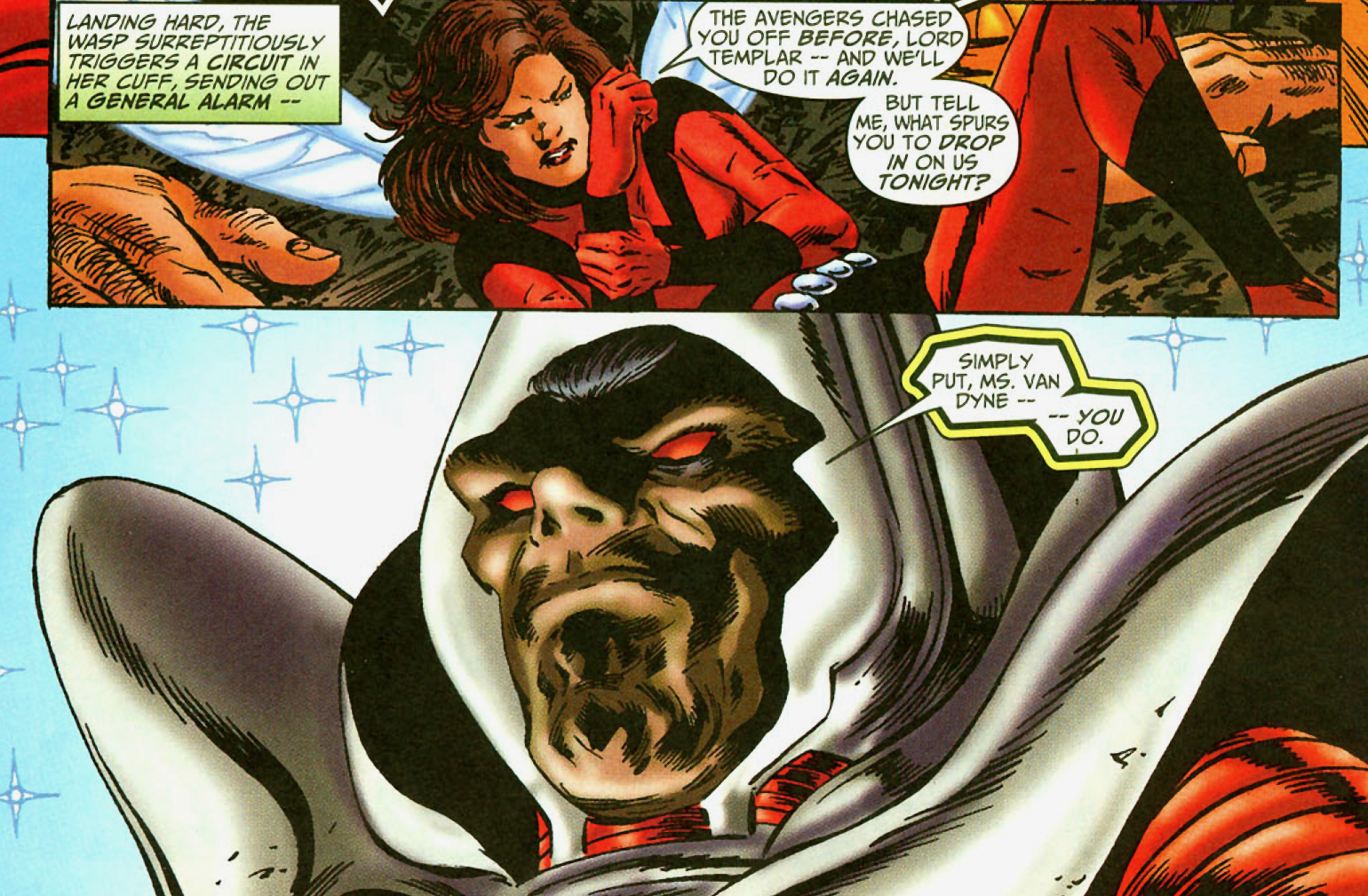

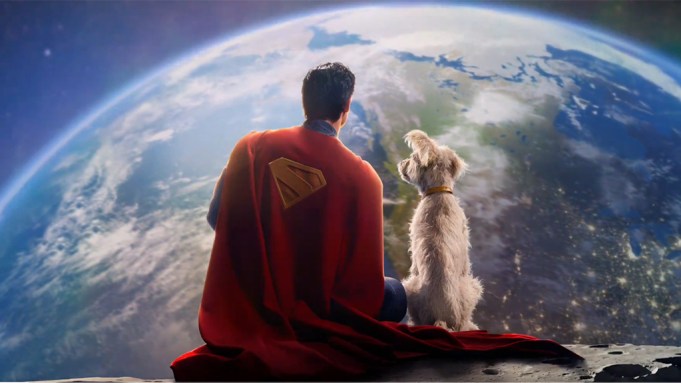


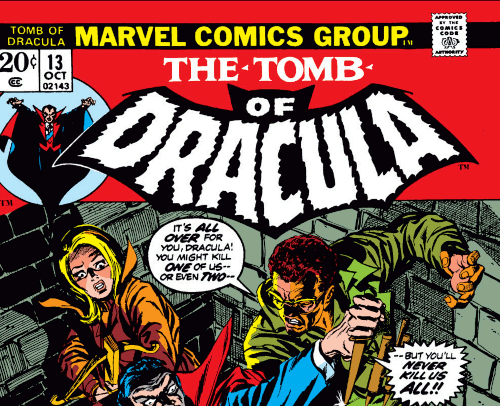
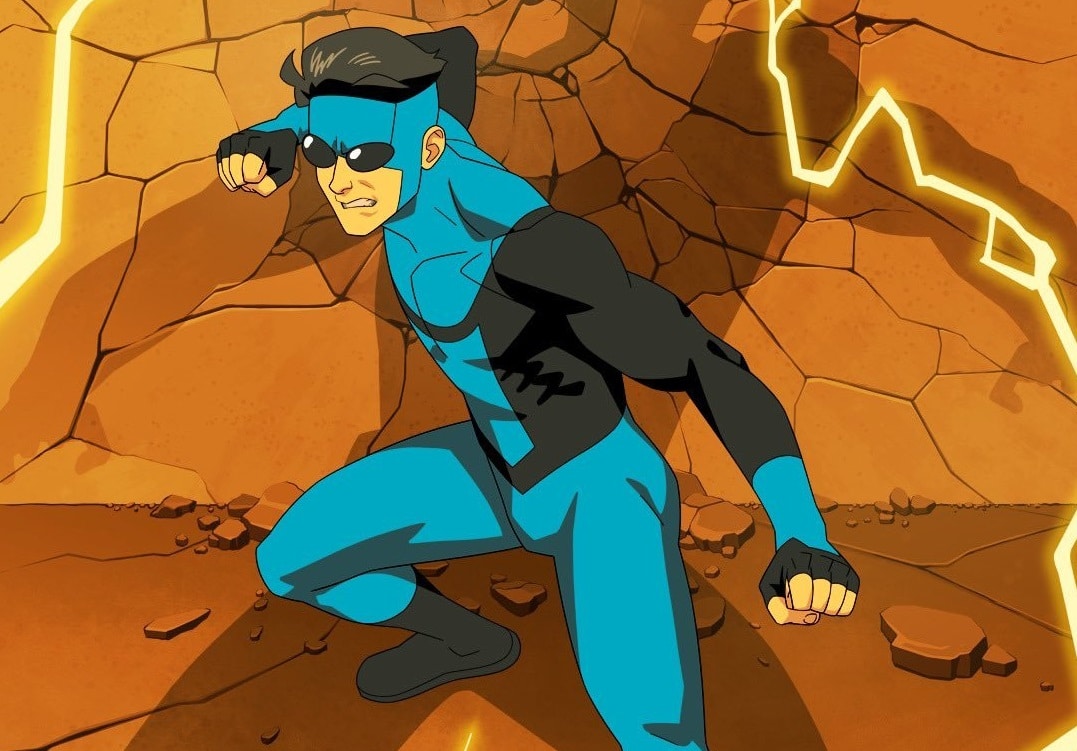


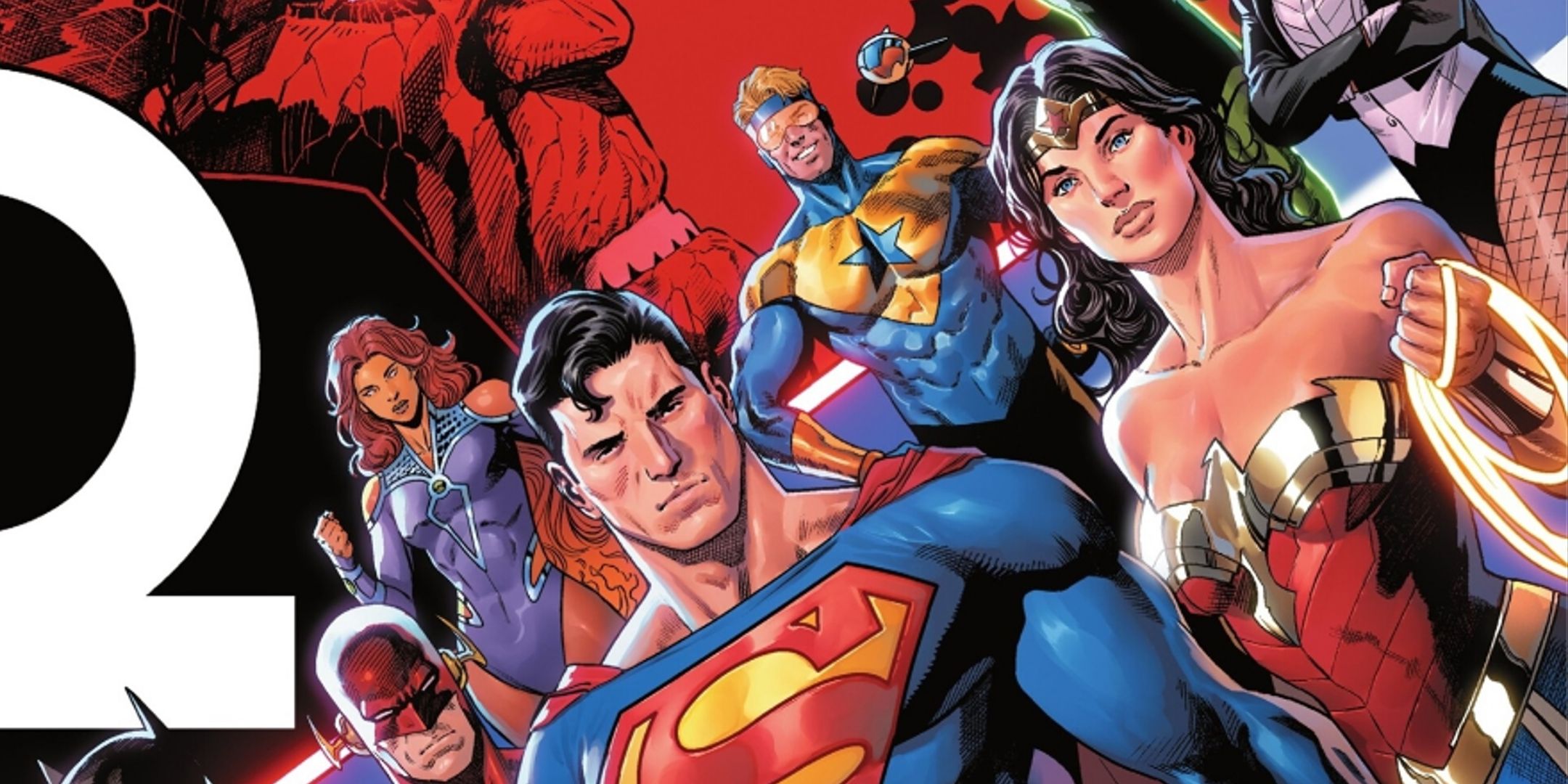
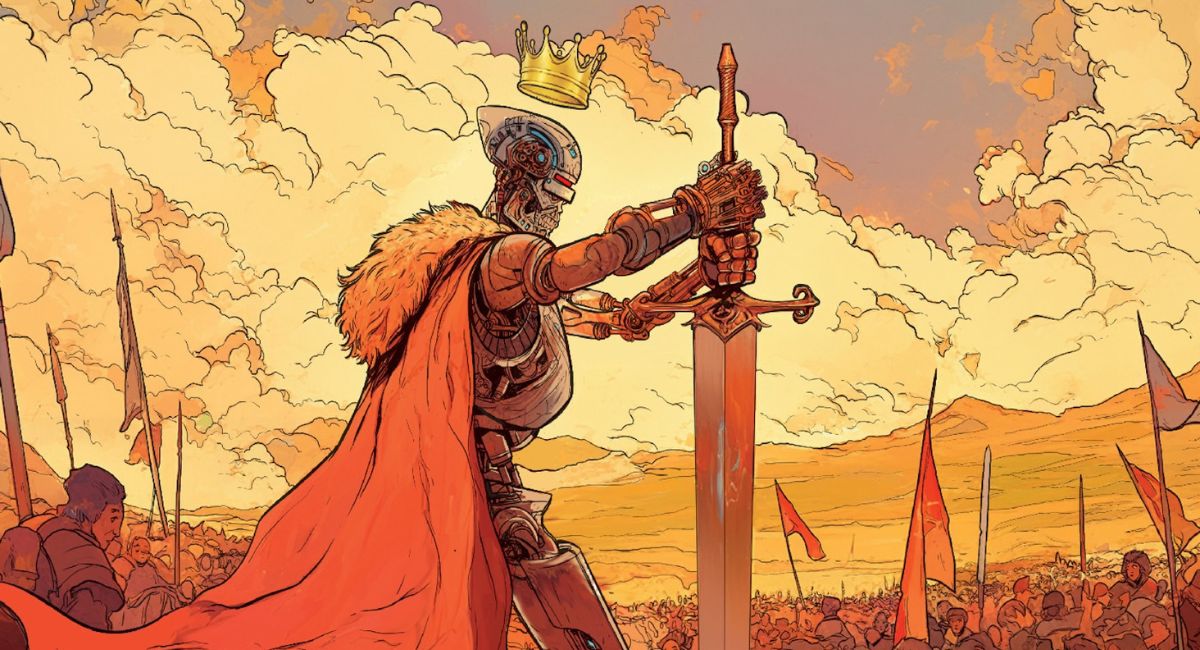


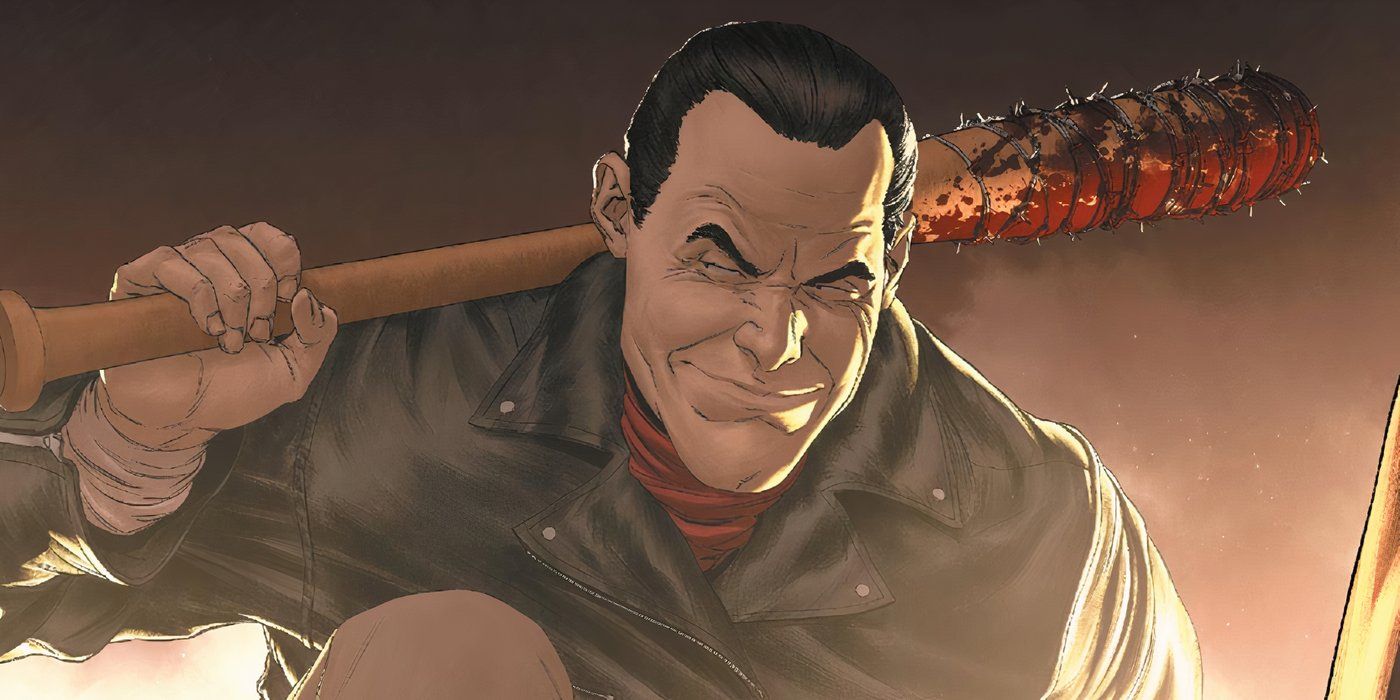




 English (US) ·
English (US) ·